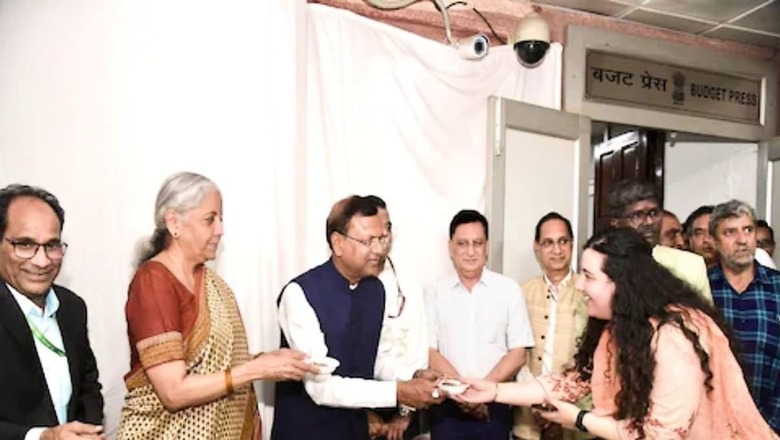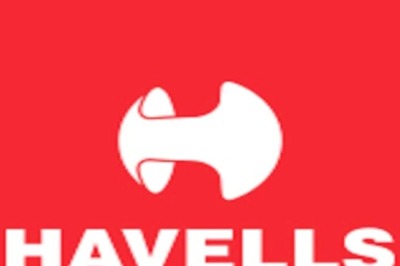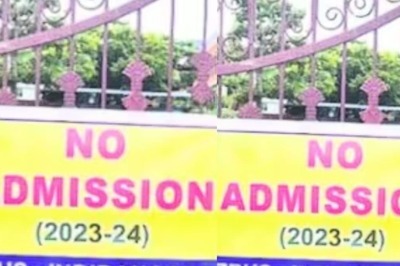
views
The annual tradition of the “Halwa Ceremony” at the Finance Ministry in New Delhi’s North Block, preceding the Union Budget, bears a deep historical connection dating back to a significant leak 74 years ago. Since the 1950s, top officials and policymakers from the Finance Ministry have secluded themselves in the ministry’s confines for about 9-10 days to draft the budget in utmost secrecy. This practice, initiated after a notorious leak, has become a hallmark event preceding the budget presentation.
The genesis of this tradition traces back to early years post-independence when the British-era practice of printing the budget at Rashtrapati Bhavan’s press led to a breach of confidentiality in 1950. Then-Finance Minister John Mathai faced allegations of favoritism towards industrial elites following the premature disclosure of budget details. The ensuing uproar forced Mathai’s resignation, prompting a shift in budget printing operations to the government press on Minto Road.
Learning from this incident, the Finance Ministry took further precautions, notably establishing an in-house printing facility in the 1980s. Subsequently, in 1951, the ‘Halwa Ceremony’ became a precursor to the isolation of Finance Ministry officials during budget preparation, ensuring complete confidentiality.
The ‘Halwa Ceremony’ itself carries a rich history, believed to have been introduced during the Delhi Sultanate’s rule in India, tracing its origins to the kitchens of the Mughal Empire and beyond. Historically, halwa, a sweet treat enjoyed across various cultures, is thought to have been introduced to India via Persian traders during the medieval period.




















Comments
0 comment